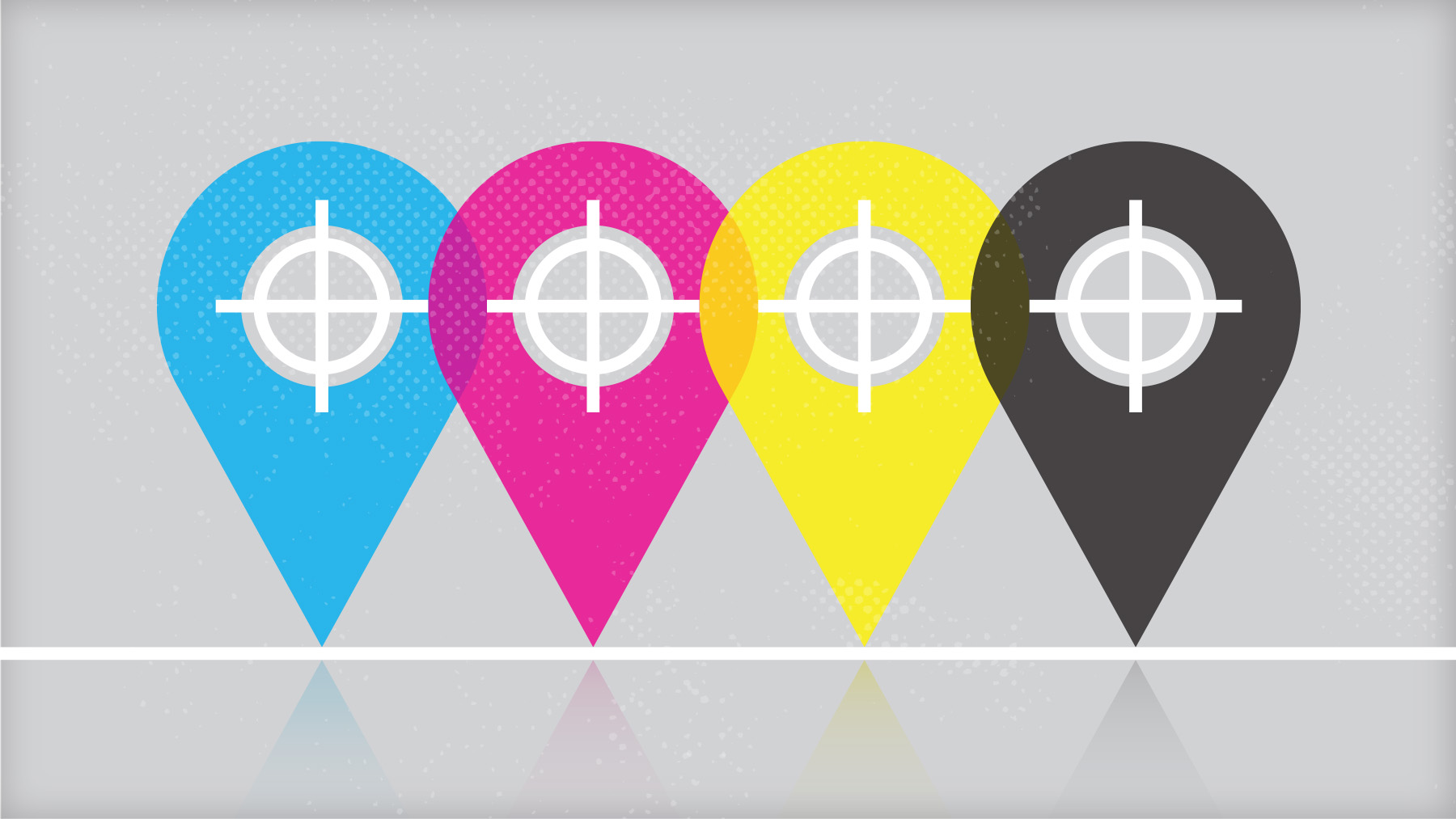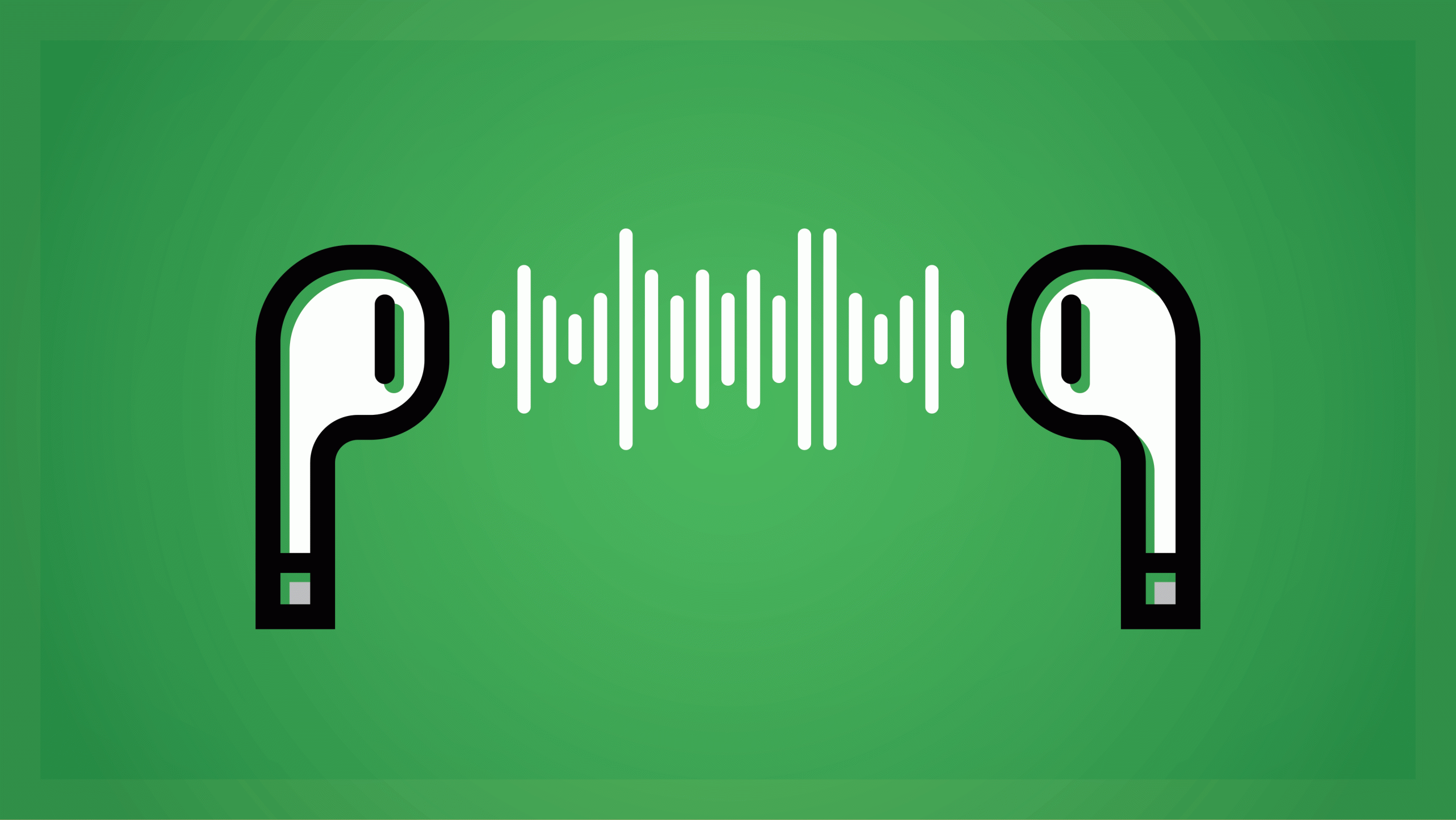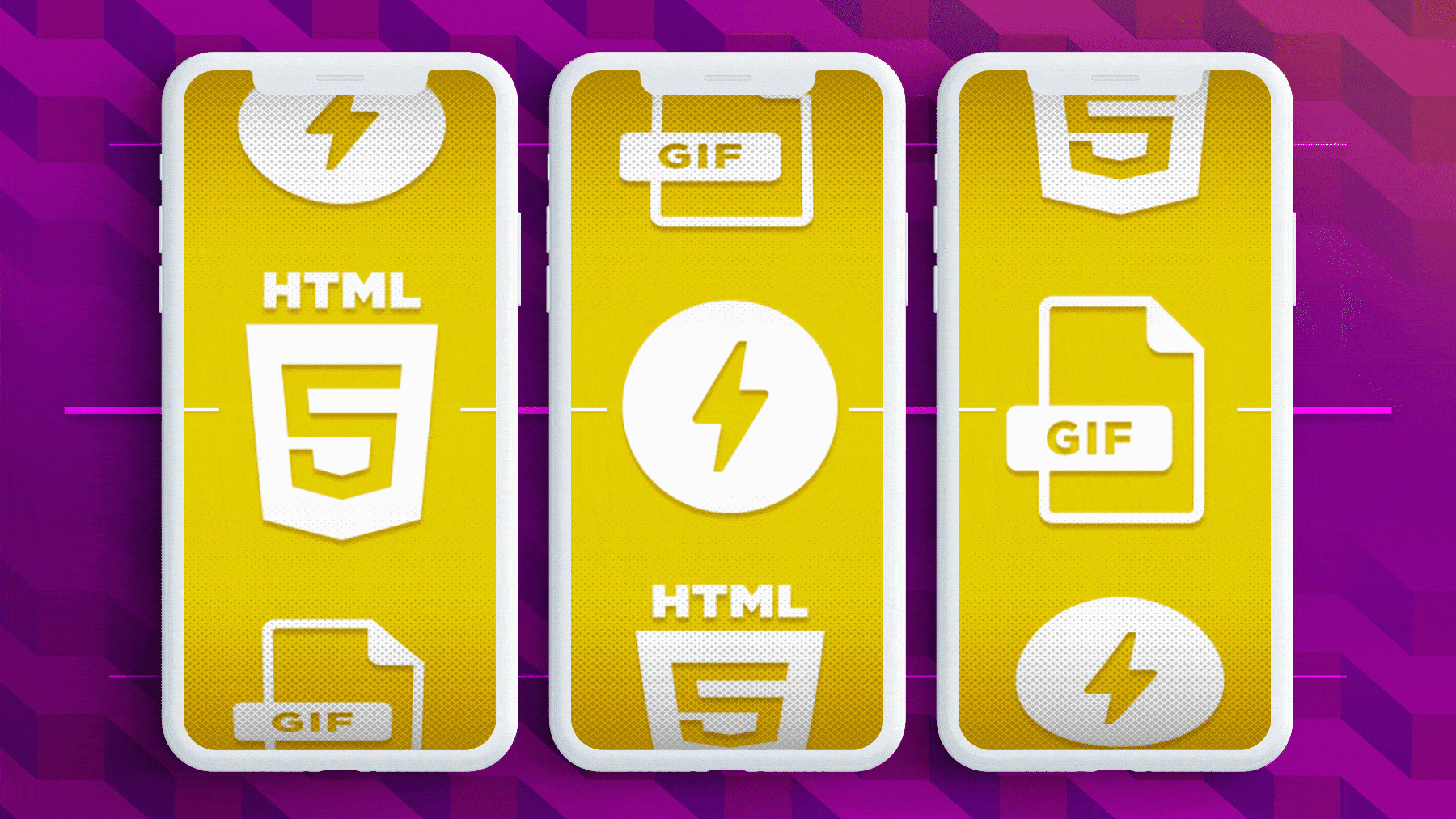
In this hyper-digital world, most see print advertising as either dead or dying. Printing is struggling as it becomes diluted and stretched thin in areas that are now moving to alternative solutions. While still currently maintaining in nearly every industry in areas like packaging or production, print still holds strong roots in a handful of areas. Its relationship with creativity and art remains stronger than ever. As long as creativity is alive and well, print will follow along in its footsteps.
How did print start?
Though many came before him with similar ideas, the one credited with inventing the printing press is Johannes Gutenberg. Following the acceptance of his creation, artists quickly became one of the major groups to utilize the press simply because of the required skill to use it effectively. Artists like Albrecht Durer and Katsushika Hokusai began creating one-of-a-kind engravings and woodcuts that would set a trend for a new art form. Engravings and etchings would be used to produce a number of prints before the plate would be destroyed in order to preserve its rarity and uniqueness.
Through time, artists and their creativity would transform printing into many different techniques, from woodcuts to lithography to digital. And although digital reigns supreme, artists continue to use these early methods based on what they’re trying to achieve.
Where’s print advertising now?
The current advancement in printing is not due to a lack of creativity but an increase in automation. The printing industry has branched off in many different industries, like manufacturing and production. Taking what was once art and communication and turning it into an efficient process, removing details and cutting corners speaks to an even larger problem of American-made failures in recent history.
Alternatively, at an agency, where creativity is our product, a relationship with print advertising is mandatory. Most campaigns would not be complete until they have run through some type of printing process. This process plays a very specialized role in delivering a product that sells an experience. The tactile and visual elements that printing can add to a design contribute to truly finishing the piece. Printing paired with the creativity that helped shape it has the ability to add finishing touches to pieces that otherwise would not have the same effect.

ACM Awards 2019

Wings for Dreams 2018
What is the future of print advertising?
Some areas of the printing industry realize that the connection to specialized and creative media will continue to carry it forward. As the digital age grows, people are returning to the visual and tactile. From simple business cards to 30-foot banners, printing remains something that people, though they might not realize it, still enjoy. Large media companies and advertisers on the other hand know this all too well. 79% of consumers will act on direct mail immediately compared to only 45% who say they deal with email straightaway. Print catalogues are on the rise, 10 billion business cards are printed in the U.S. each year, and print advertising totaled $45.2 billion internationally in 2013, which is projected to steadily grow an average of 4.5% per year until 2024.
Though correlation does not necessarily mean causation, a large factor in the collateral pieces that are seeing an increase as well as continued success all require detailed attention from both designers and specific print media. Printing and creativity together is an art form, and art isn’t going anywhere.

Cox Business 19th Hole Clubhouse

Woofstock 2018


